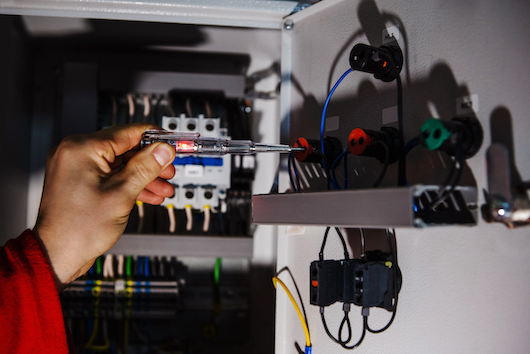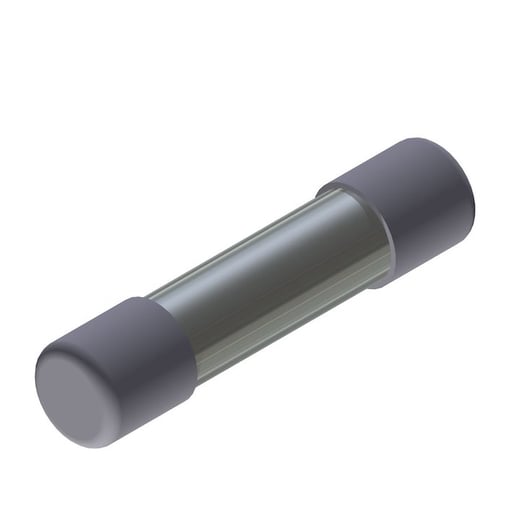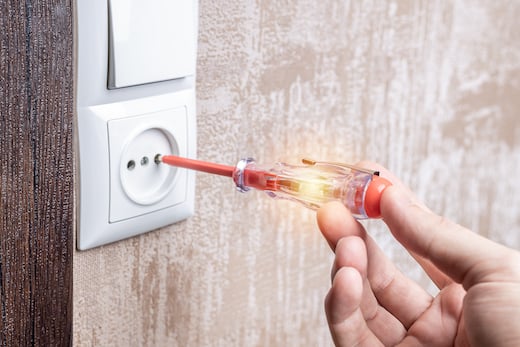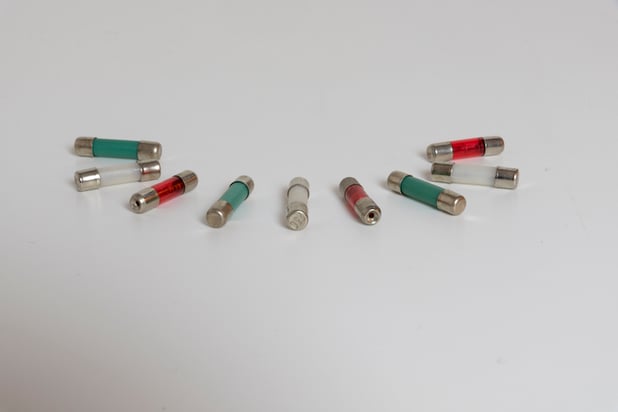
Double-capped cylindrical lamps: everything you need to know
Double-capped cylindrical lamps are generally light indicators with cylindrical metal cups with a flat or concave or convex surface, each positioned at each end of the light indicator. Due to their particular shape, double-capped cylindrical lamps could be described as miniature neon tubes. In reality, they are miniature light indicators in which the light spreads laterally 360° around the light indicator body.
Double-capped cylindrical lamps are a type of light indicator that has been widely used in a variety of applications for many years. They are typically used where space is limited, or where it is difficult to fit a standard light indicator.
They are usually used in tools such as screwdrivers or plates in the civil sector.
Contents:
- Double-capped cylindrical lamps: the main components
- LED double-capped cylindrical lamps: What are they?
- Double-capped cylindrical lamps: voltage and dimensions
- Double-capped cylindrical lamps by SLIM
Do you want to find out about the wide range of SLIM products? Click on the button to receive the general catalogue.
Double-capped cylindrical lamps: the main components
You can distinguish between different types of double-capped cylindrical lamp depending on the light source contained within: incandescent, neon/fluorescent or, in more modern versions, LED. But what do double-capped cylindrical lamps consist of? The main components are:
- light source;
- diffuser;
- connection.
The light source, as with standard light indicators, can be an incandescent bulb (e.g. 24V 3w double-capped cylindrical lamps), a discharge bulb (e.g. 110-250V green fluorescent double-capped cylindrical lamps) or an LED (e.g. 12V white LED double-capped cylindrical lamps).

As for the diffuser, its function is to protect the light source and diffuse the light in the most suitable way for the application in which the double-capped cylindrical lamp is inserted. The diffuser is cylindrical in shape, with a constant or variable cross-section, usually with a larger cross-section in the central part. The diffuser is generally made of plastic material, but it is also possible to find it in glass if the operating temperatures exceed 150°-180°C.
The connection consists of metal cups, which are placed at both ends of the diffuser. The shape and size of the cups are designed to allow correct insertion of the double-capped cylindrical lamp into the application: they may be flat, concave or convex to facilitate positioning within the circuit.
LED double-capped cylindrical lamps: what are they?
Double-capped cylindrical lamps with a LED light source have diodes or diode bridges inside. They are made of a semiconductor material and emit light when an electrical voltage is applied.

In the most advanced versions, the light source of LED double-capped cylindrical lamps consists of one or more LED chips placed on a PCB (Printed Circuit Board). The use of the double-sided PCB and one or more diode bridges makes it possible to insert the LED double-capped cylindrical lamp in all those applications where incandescent or discharge bulbs were previously used. The double-sided PCB allows the SMD LED to be positioned on both sides for a 360° light diffusion. The diodes or diode bridges, on the other hand, allow use in alternating or direct current without the need for polarisation. This makes it possible to replace an incandescent or discharge double-capped cylindrical lamp with an LED double-capped cylindrical lamp without having to modify the circuit.
Such a replacement allows you to benefit from all the advantages offered by the LED source such as the long life of the source, reduced energy consumption and no problems with overheating of the bulb.
Double-capped cylindrical lamps: voltage and dimensions
Double-capped cylindrical lamps come in a variety of lengths and sizes depending on the application they are to be used in, with the most popular being the 42mm LED double-capped cylindrical lamp. When choosing the most suitable type for your application you should not only consider length and size, but also the voltage of each source.
As far as voltage is concerned, the incandescent bulb is mainly used for low voltages, while the discharge bulb is used for voltages from 110V to 500V (neon or fluorescent depending on the colour required for the light emitted). LED is the most advantageous solution as it covers all voltages.
The incandescent bulb does not require any other internal components, the discharge double-capped cylindrical lamp (neon or fluorescent) requires the presence of one or more resistors with an ohmic value to be set according to the operating voltage and the required absorption, the LED double-capped cylindrical lamp requires the presence of one or more resistors for direct current operation to which, however, diodes or diode bridges must be added to allow operation also in alternating current.
Double-capped cylindrical lamps by SLIM
Double-capped cylindrical lamps are among the signalling units offered by SLIM.SLIM's most standard solution is the D.6.3x28mm model, which can be configured according to customer requirements with LED, incandescent or neon/fluorescent bulbs. Depending on the type of bulb chosen, the operating voltage and temperature can also be set accordingly. The connection to metal cups will be determined on the basis of the type of application for which the double-capped cylindrical lamp is intended.

Are you interested in this type of signalling light? Click on the button below and feel free to contact us for more information.

